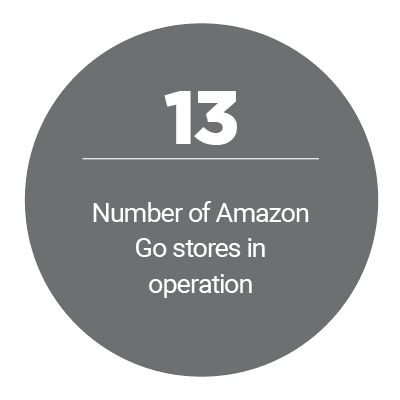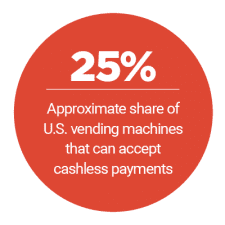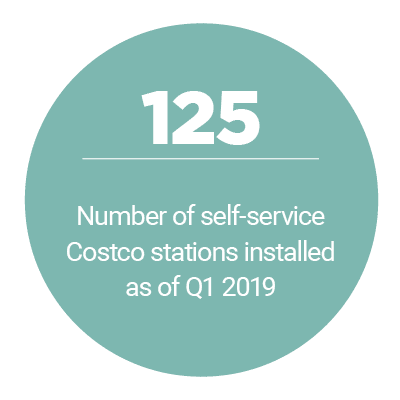Securing The Self-Serve Store
Consumers want the immediacy of brick-and-mortar shopping without sacrificing eCommerce convenience. They may enjoy strolling the aisles of physical retail, but many customers still want support features that enable them to quickly and easily find and buy items, through self-serve offerings and other automation technologies.
Today, most automated retail models tend to follow either an Amazon Go-style, cashierless store or an intelligent cabinets approach. The June Automated Retail Tracker charts all the latest developments and deployments of these models and more.
Around the Automated Retail  World
World
Renewable materials and connected packaging provider Stora Enso recently delved into the intelligent cabinets space, with an offering that enables customers to unlock and pay for removed items through compatible apps. The intelligent cabinets are intended to provide speedy food and beverage purchases.
In India, meanwhile, eCommerce-focused fashion company Myntra followed a different automated retail model, and opened a new cashierless store, selling items from its Roadster outdoor lifestyle brand. The venues rely on radio-frequency identification (RFID)-technology and self-checkout.
Pizza company Domino’s is looking to bring automation to new parts of the retail process by piloting a driver-free delivery service. The company will deliver meals  with robotics company Nuro’s self-driving cars, and is slated to test the service in Houston this year.
with robotics company Nuro’s self-driving cars, and is slated to test the service in Houston this year.
Find these and all the latest headlines in the Tracker.
Inside Farmhouse Market’s Staff-Free Organic Food Store
Filling a small city’s retail gaps can be daunting work for would-be entrepreneurs who have limited time and resources, but automation lessens those burdens. Farmhouse Market Co-founder Kendra Rasmusson launched the remotely monitored, staff-free grocery store to bring organic food to her hometown.
In this month’s feature story, Rasmusson explained what it took to secure the 24/7 accessible, automated store against shoplifting, while avoiding the introduction of payment frictions. Get the full story in the Tracker.
 Deep Dive: Obstacles to the Adoption of Mobile Payments in Automated Retail
Deep Dive: Obstacles to the Adoption of Mobile Payments in Automated Retail
Mobile payments have yet to displace cash or card payments in the U.S., with both merchants and consumers seeming wary of shifting their practices to support this payment method. Retailers don’t want to invest their limited budgets in technologies unless they are certain that consumers will be receptive, and consumers may need some convincing before they see the point of changing their existing payment habits.
This month’s Deep Dive explores the obstacles to greater uptake of proximity mobile payment, the potential benefits of its use (such as quick, secure checkouts) and the offerings that retailers may need to provide to encourage consumer adoption. Read more in the Tracker.
About the Tracker
The Automated Retail Tracker, powered by Worldnet Payments, serves as a bimonthly framework for the space, providing coverage of the most recent news and trends, as well as a directory that highlights the key players contributing to the segments that comprise the expansive automated retail ecosystem.
